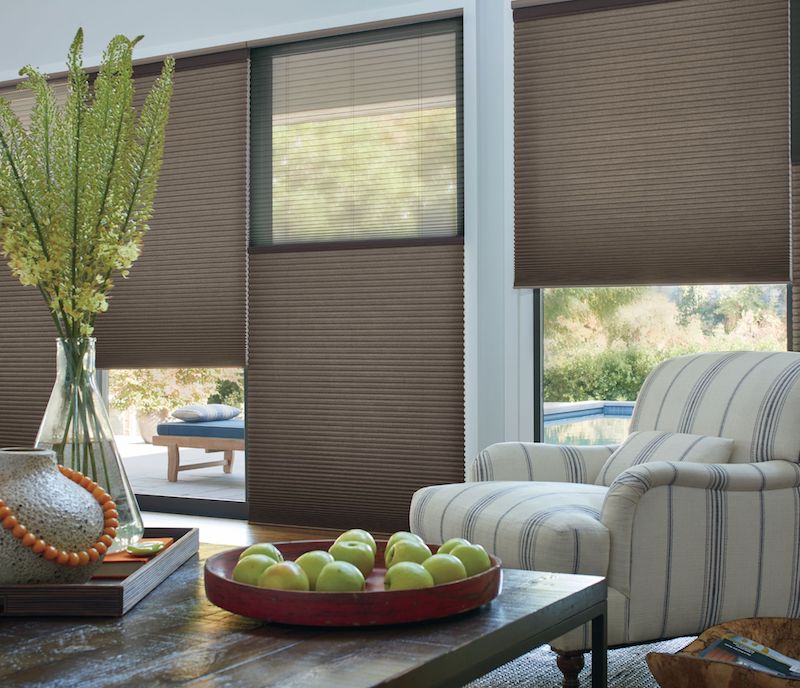The Attachments Energy Rating Council (AERC) and the U.S. Department of Energy (DOE) have awarded Hunter Douglas the first energy performance rating for window coverings on their lines of cellular shades and cellular roller shades. The addition of these new products follows the inaugural AERC rating earlier this year, which recognized storm windows made by Larson Manufacturing.
“The expansion of the AERC initiative significantly increases consumers’ ability to upgrade window performance by attaching energy-saving shades to their existing windows,” said Ralph Vasami, executive director of the AERC. “When people buy products with the AERC Energy Improvement label, they are helping improve efficiency while also making them more comfortable, private, and stylish.”
Hunter Douglas is the first company to rate interior window covering products with AERC. “Hunter Douglas has long focused on making a difference by saving energy at the window, having invented energy-efficient Duette Honeycomb Shades in 1985,” said Stacy Lambright, Hunter Douglas Energy Efficiency product manager. “Our commitment to getting AERC ratings in 2020 shows that we continue to think about the impact our window treatments can make, helping homeowners select shades that best fit their lifestyles.”
AERC provides an un-biased, third-party certification of the energy-saving potential of a window attachment product that uses a sophisticated process of material testing and window modeling to gauge the degree to which a window attachment – such as a shade, blind, or storm window – will improve the performance of that window in reducing heating and cooling usage. Products certified by the AERC have two ratings: one for Cool Climate, which indicates potential energy savings for home heating versus unprotected windows, and another for Warm Climate, which does the same for air conditioning.
Hunter Douglas promotes several benefits of widespread installation of energy-efficient shades. In older homes, window systems typically account for 25 percent of annual heating and cooling costs but can be responsible for as much as 40 percent. This means that many homeowners are spending more money than necessary on heating and air conditioning. DOE research has shown that window attachment products have the potential to reduce that energy usage significantly.
“Many window attachments, which are effective and affordable alternatives to window replacements, reduce heat loads and can dramatically reduce air conditioning bills when used properly,” stated DOE Deputy Assistant Secretary Alex Fitzsimmons. “Building products like these can also help us alleviate peak electricity demand situations on the grid, as well, when electricity is most expensive.”






![Hub 3_02 The SwitchBot Hub 3 provides a user-friendly solution to the growing complexity of modern smart homes. [Photo credit | SwitchBot]](https://restechtoday.com/wp-content/uploads/2025/06/Hub-3_02-scaled-e1750179791687.png)


